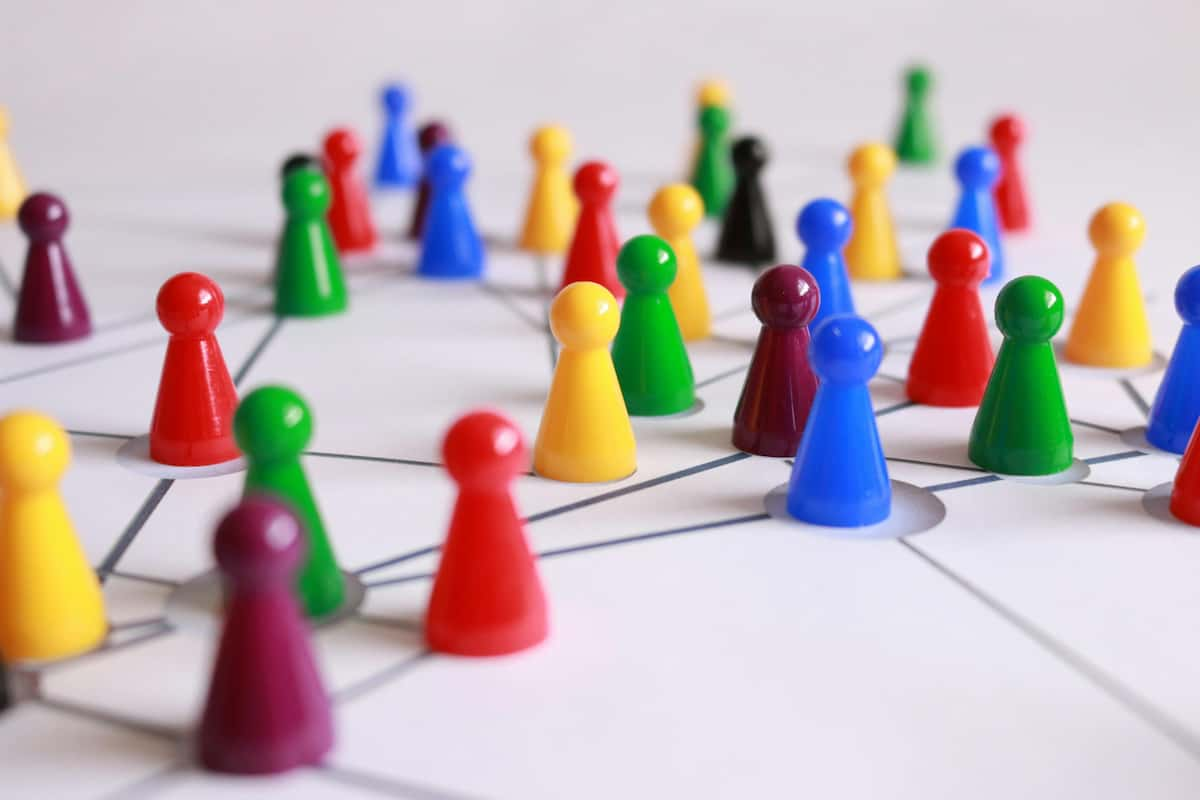Allure might be hiding in the angle of your face.
Women look more attractive to men when they tilt their head down and look upwards slightly.
Men, though, should tilt their heads back a little and look down their noses to appear more attractive to women.
It is thought that the effect is down to the usual difference in height between men and women.
Looking upwards helps reinforce a woman’s femininity and looking downwards reinforces a man’s masculinity.
The study used computer-generated models of male and female faces that were tilted upwards or downwards.
Each face with a different tilt was evaluated by 130 people for attractiveness and masculinity.
Male faces were judged more masculine and attractive when tilted backwards while women’s faces benefited from being tilted downwards.
Dr Darren Burke, study co-author, said:
“We investigated whether looking at a face from different perspectives as a result of the height differences between men and women influenced perceived masculinity or femininity.
The research found the way we angle our faces affects our attractiveness to the opposite sex.”
Related
- 12 Personality Traits Science Says Make You Irresistibly Attractive (P)
- Love: 10 Studies That Unveil The Mysteries Of Passion, Attraction And Connection (P)
The study was published in the journal Evolutionary Psychology (Sulikowski et al., 2015).










